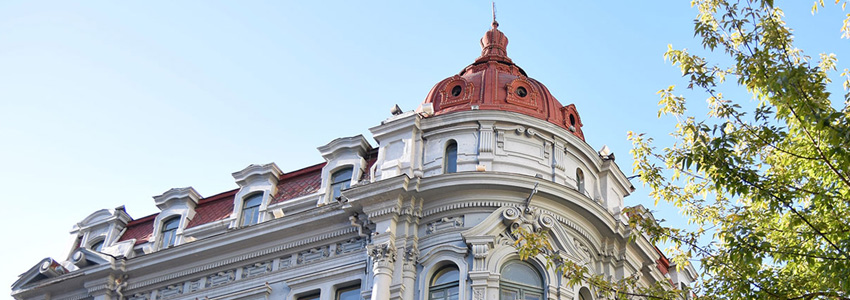

Nestled in China’s northeastern frontier, Harbin is renowned not only for its icy winters and Russian-inspired architecture but also for its hearty, flavor-packed cuisine. Shaped by harsh winters, historical Russian influences, and the culinary traditions of Northeast China (Dongbei), Harbin’s food scene offers a unique blend of warmth, boldness, and cross-cultural charm. Let’s embark on a savory journey through the city’s iconic dishes.
A crown jewel of Dongbei cuisine, Guobaorou epitomizes comfort food. Thin slices of pork loin are battered, deep-fried to golden perfection, and tossed in a glossy sauce that balances tangy vinegar and sweet caramelized sugar. Legend claims it was created in the early 20th century to cater to Russian diplomats’ tastes, blending Chinese wok techniques with a Western-style glaze. The result? A dish so addictive that its crackling texture and vibrant flavors have become a Harbin must-try.
A legacy of Harbin’s Russian émigré history, these crimson-red sausages are a street food staple. Made from coarsely ground pork or beef, seasoned with garlic and smoked over fruitwood, Hongchang delivers a robust, smoky flavor. Often enjoyed as a snack or paired with crusty Russian bread lieba (列巴), it’s a savory reminder of the city’s multicultural past.
Surviving frigid winters requires hearty fare, and nothing embodies this better than suan cai—fermented napa cabbage. Slow-cooked with pork ribs, blood sausages, and glass noodles in a rich broth, this sour-and-savory stew is a winter lifeline. Locals swear by its ability to warm both body and soul, often serving it alongside fluffy steamed buns (mantou).
A humble yet beloved vegetarian dish, Di San Xian celebrates the region’s agricultural bounty. Fried potatoes, eggplants, and green peppers are stir-fried in a savory soy-based sauce, creating a medley of crispy, tender, and umami-rich textures. It’s a testament to how Dongbei cuisine transforms simple ingredients into soul-satisfying comfort food.
Harbin’s culinary tapestry wouldn’t be complete without its Russian threads. Bright red borscht—a beet-based soup with beef and vegetables—is a local favorite, adapted with a touch of Chinese seasoning. Pair it with lieba, a dense, sourdough-like rye bread baked in traditional wood-fired ovens, for a taste of Harbin’s hybrid heritage.
Even in sub-zero temperatures, Harbiners brave the cold for sweet treats. Bingtanghulu—candied hawthorn berries skewered on sticks—adds a festive crunch to winter strolls. Surprisingly, the iconic Mǎdiěr Ice Cream (马迭尔冰棍), a century-old Russian recipe, is devoured year-round on Central Street, proving that ice cream tastes better when your breath turns to frost!
Lao Chuancheng Fandian (老厨家): The birthplace of Guobaorou.
Harbin Hongchang Street Vendors: For sizzling fresh-off-the-grill sausages.
Central Street (Zhongyang Dajie): A historic avenue brimming with Russian bakeries and Dongbei eateries.
Harbin’s cuisine is a love letter to resilience and cultural fusion. Whether you’re savoring the crunch of Guobaorou, sipping borscht in a Soviet-era café, or nibbling Hongchang by the frozen Songhua River, every bite tells a story of a city where East meets West—and where food is the ultimate warm embrace against the cold.
Add:NO.151 Xidazhi Street,Nangang Strict,Harbin,Heilongjiang P.R. China,150001
BINCIA CHINESE COLLEGE

